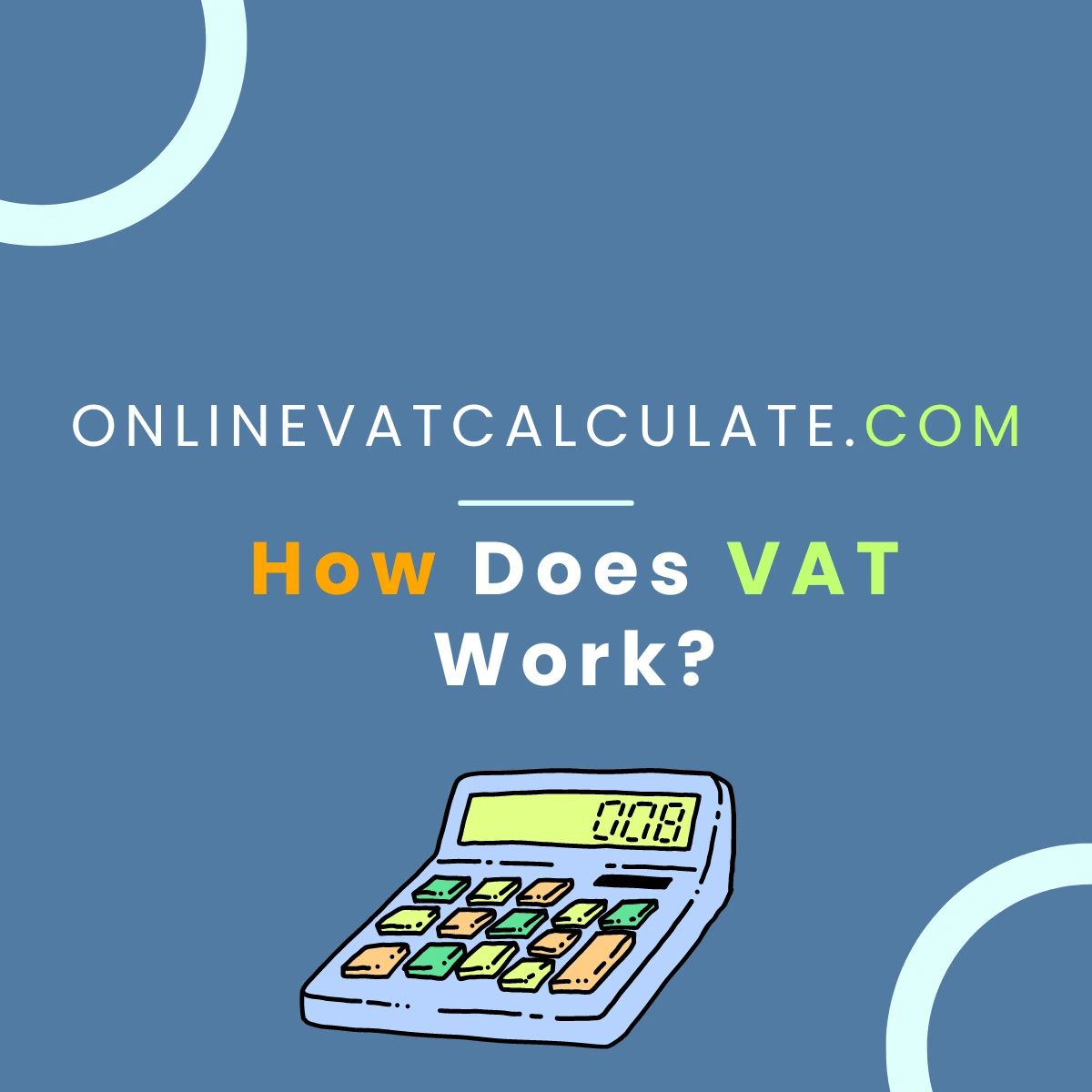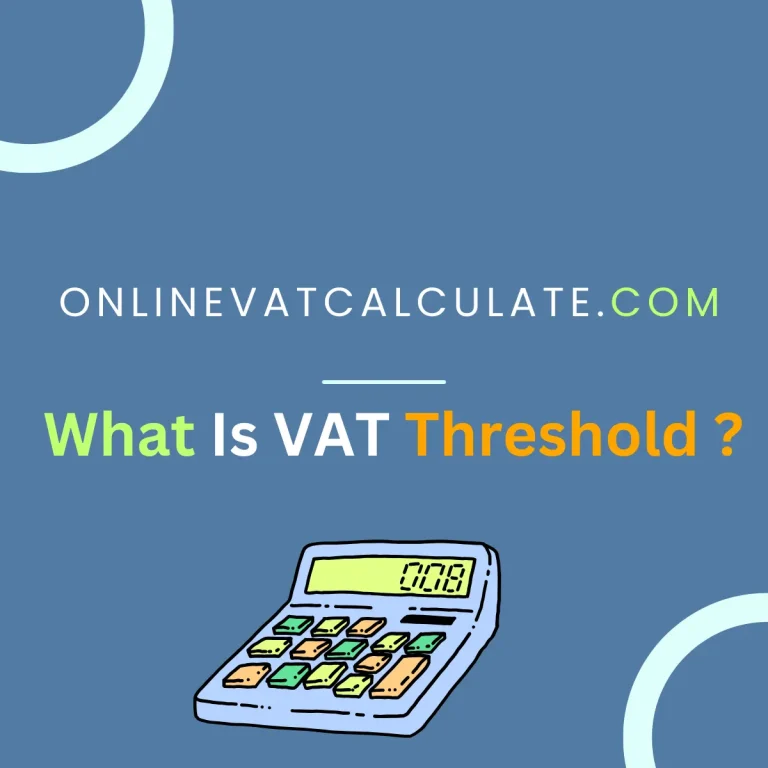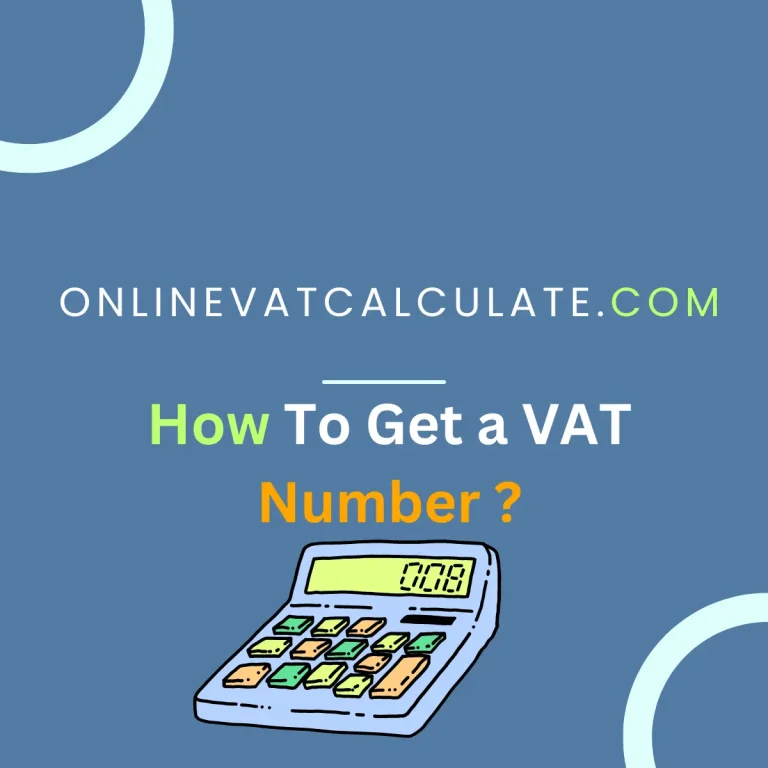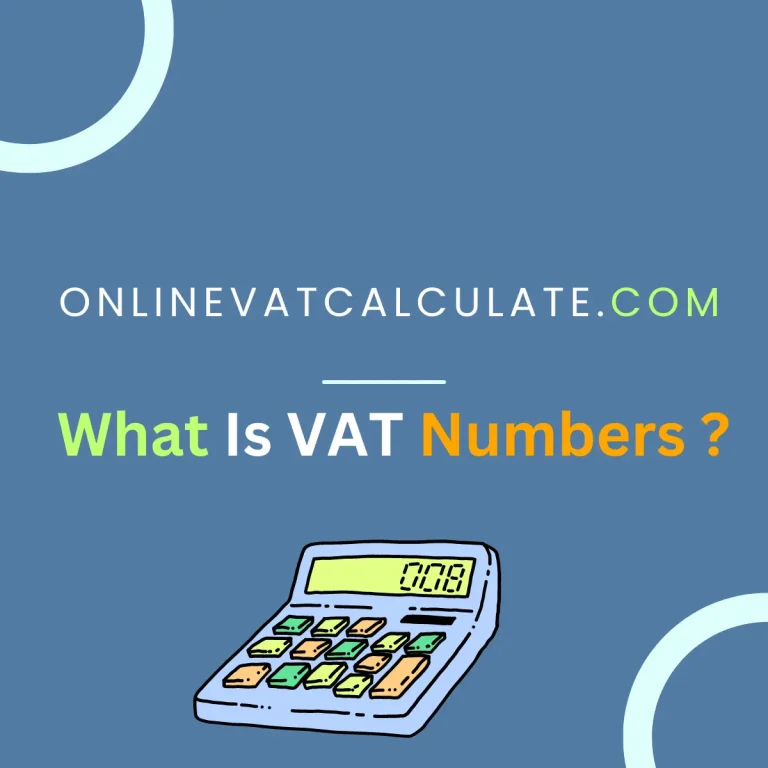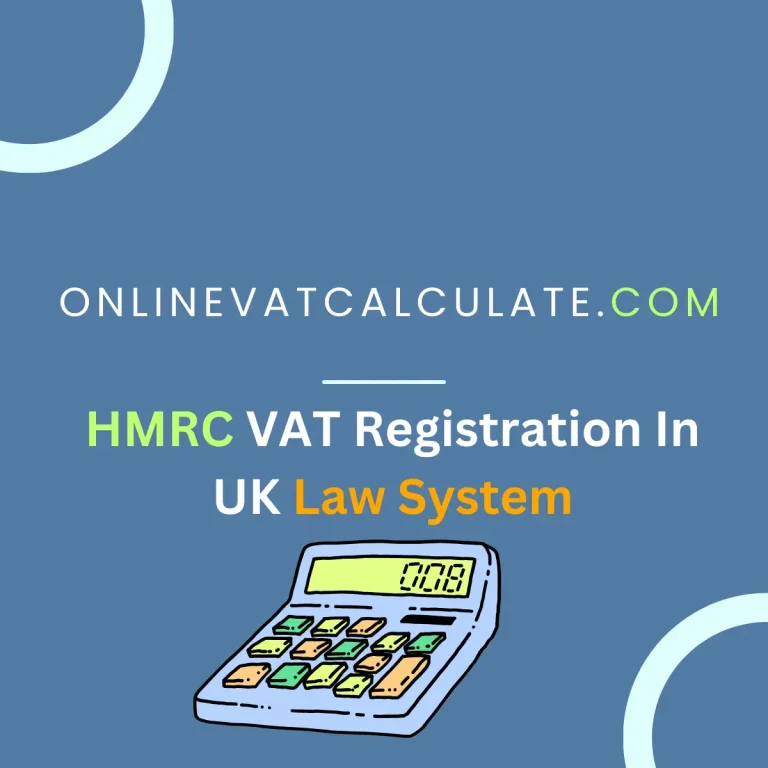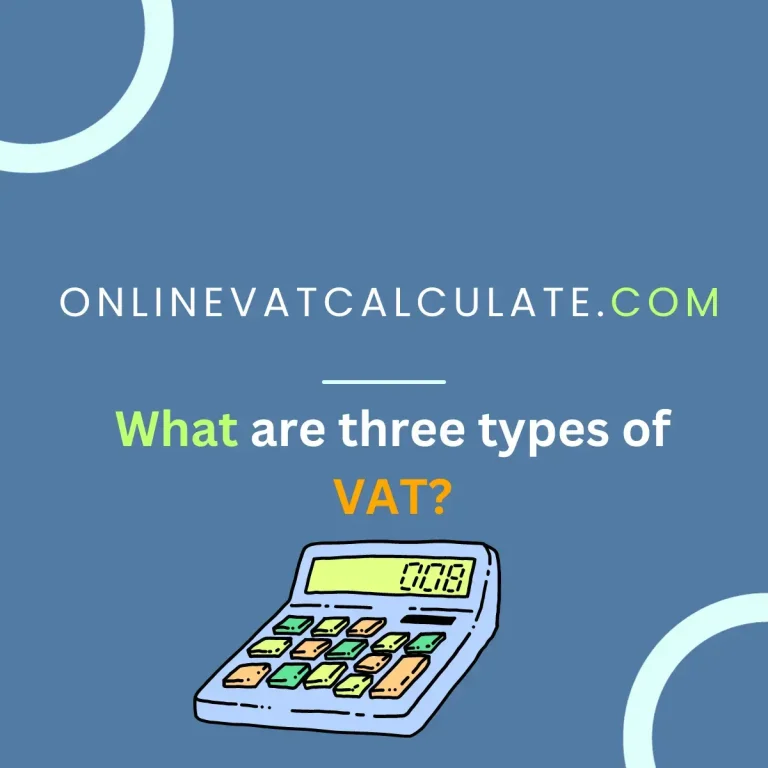HOW does VAT Work Worldwide?
At each point in the production of goods, VAT is collected — every time value is added and a sale is made. For this reason, VAT is referred to as value-added tax. In the end, the consumer is responsible for paying for it.
As with sales tax, value tax levies consumption instead of a person or company’s income. It is typically collected during multiple stages of getting a good or service off the ground and into the market for sale. When a good or service is produced, VAT is assessed and collected at each stage in which some form of value is added to the item, such as during manufacturing, distribution, or the sale of the product.
In short, the VAT workout as the difference between the cost of goods and the sale price, known as the gross margin.VAT depends on the cost of the item at the time when more value has been added. This is how VAT work. To Calculate your VAT amount visit our VAT Calculator. To calculate the right VAT amount you need to confirm the VAT Rate according to your country. You can visit our VAT Rate In EU (Europe) Countries to know the VAT rate within EU countries, While you can visit our VAT Rate In Non-Eu (Europe) Countries to Know the VAT Rate Outside EU Countries.

Here’s an example:
- The T-shirt manufacturer purchases the fabric for 1 euro to make the shirt and needs to pay a VAT tax of 20 cents for the raw material purchased. So far, they have spent 1.20 euros.
- The manufacturer sells the T-shirts to garment shops for 5 euros plus the value tax of 1 euro (20 percent VAT tax) due to the government, for a total of 6 euros. The manufacturer only pays the government 80 cents of the 1 euro since it paid 20 cents in VAT for the raw materials already.
- When you purchase the T-shirt from the garments shop, you pay 12 euros for it, which is the 10 euros cost plus 20 percent VAT. The store will be responsible for paying a VAT tax of 1 euro since 20 cents was already paid in raw materials and 80 cents was paid to purchase the T-shirt wholesale.
How does VAT Work for Business Owners?
The VAT system likely leads to greater costs for business owners, and not just at the manufacturer or retailer level. It impacts every owner throughout the production chain. That’s because each level of production must calculate the required taxes at their stage in the chain. That results in more paperwork and accounting.
VAT can also be difficult for companies that work beyond a national scale. This is because global firms have to consider the tax regimes of every country that the supply chain runs through.
However, in countries that use it, businesses can generally reclaim VATs for tax-deductible business expenses where the tax.
